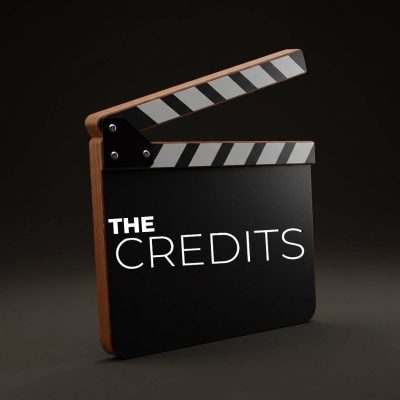How They “Live-Captured” Hamilton
In this new clip from the upcoming film version of Hamilton, which is coming to Disney + on July 3, you’ll be able to feel a little bit of the magic that existed in the theater for all those folks who got to see Lin-Manuel Miranda’s blockbuster Broadway musical. Yet as compelling as this clip is, and as great as it looks, it doesn’t quite represent what someone who got a chance to see “Hamilton” on Broadway experienced. Rather, this clip represents what director Tommy Kail and his cinematographer Declan Quinn decided, after two months of watching performances and poring over the script, would create the best possible way to capture the show’s brilliance. In a great new piece in the New York Times, journalist Michael Paulson reveals how Kail, Quinn, and the rest of the folks behind the live-capture of Miranda’s iconic show made it happen. But first, let’s check out that clip:
Before there was even a notion to create a film version of Hamilton for home audiences, Kail’s crew filmed two of the show’s final performances with the original cast with a plan of locking the footage away for up to six years. Then something magical happened; the film crew flew to London to show Miranda (he was there filming Mary Poppins Returns) what they had, and Miranda’s reaction was, well, jubilant. “As the screening got underway, he periodically interjected his approval, and when the final number began, he took off a shoe and threw it into the air,” Paulson writes for the Times.
Disney had already outbid competitors for the rights to the film when more drama was to follow. COVID-19 shuttered productions around the globe and changed the calculus for studios on their release schedule. Disney decided to forgo a theatrical release in light of all of us being marooned at home for months in favor of streaming Hamilton on Disney + on July 3.
As for the filming itself, Kail, Quinn, and the rest of their crew have created something unique—neither a feature film nor a documentary, but a hybrid of sorts, the “live-capture” of the stage show. “That’s why you hear the audience and see the audience a little bit,” Kail told the Times. “I wanted to create a document that could feel like what it was to be in the theater at that time.”
Quinn installed nine cameras around the Richard Rodgers Theater, seven of which were hidden behind black drapes so the audience wouldn’t be distracted. They shot a Sunday matinee and Tuesday evening show. Between those two shows, the cast also performed 13 of the show’s 46 numbers for the film crew, which utilized a Steadicam, a crane, and a dolly-mounted camera to capture close-ups and overheads. The sound was covered by more than 100 microphones, while the difficult job of editing all of this into a cohesive whole fell to Jonah Moran. Capturing the spirit and essence of the live performance while providing all the close-ups, panoramic shots, and details in the costume and the set was a massive undertaking.
The final result will be available for all to see—well, everyone with a Disney + subscription—and give millions of people who never got a chance to experience one of the decade’s most influential creations to see what all the fuss is about, while wearing their pajamas if they so choose.
Featured image: NEW YORK, NY – JUNE 12: Lin-Manuel Miranda and Christopher Jackson of ‘Hamilton’ perform onstage during the 70th Annual Tony Awards at The Beacon Theatre on June 12, 2016 in New York City. (Photo by Theo Wargo/Getty Images for Tony Awards Productions)



